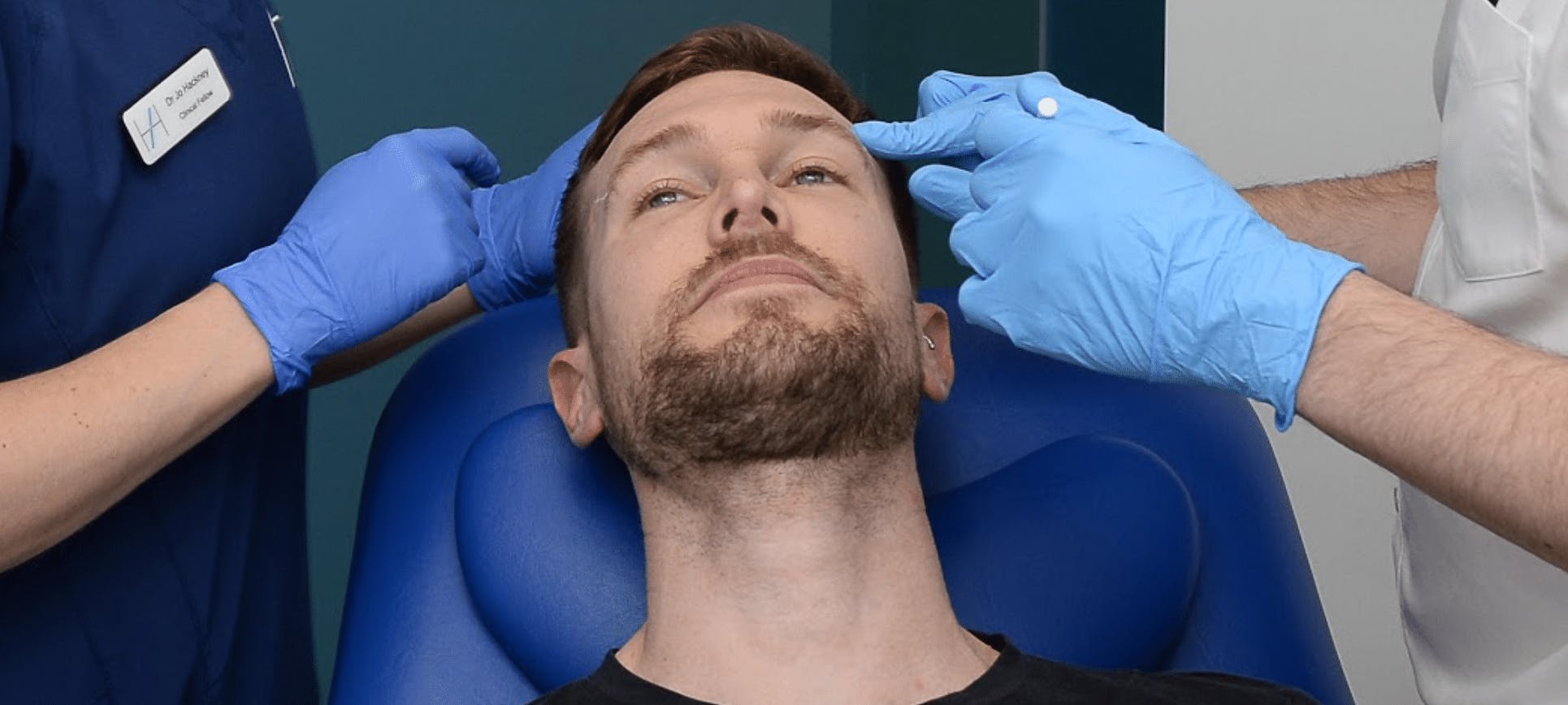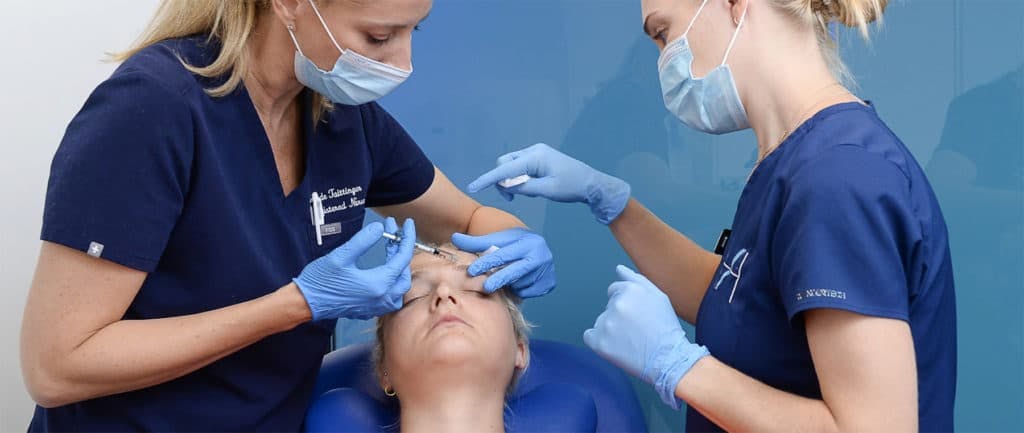Pop Quiz: “Spock” Botox Complications

Have you taken our latest social media Pop Quiz? This one focuses on “Spock” botox complications.
Here aesthetics specialist nurse and clinical trainer at Harley Academy, Paula O’Sullivan explains the answers. She also explains more including how to prevent a Spock and what to do if you need to correct one…
Understanding “Spock” (Mephisto) botox complications

Q1 What is a Spock?
A Excessive drooping of the lateral part of the eyebrow
B Excessive lifting of the lateral part of the eyebrow
The correct answer is B.
“A ‘Spock’ or ‘Spock brow’ effect is excessive lifting of the lateral part of the eyebrow either symmetrically or asymmetrically,” Paula explains.
Q2 What is the correct medical name for a “Spock”?
A Mephisto
B Memphisto
The correct answer is A.
Mephisto is the correct term. However, it is commonly known as a ‘Spock’ or ‘Spock brow’ due to its similarity to the trademark lifted eyebrows of the classic Star Trek character, Mr Spock (pictured above).

Q3 What causes a Spock?
A Under treatment of the lateral frontalis muscle fibres.
B Over treatment of the lateral frontal muscle fibres.
The correct answer is A.
Paula advises, “To prevent mephisto, ensure the injection points extend far enough across the forehead to relax the lateral as well as the medial area of the muscle. This is achieved by assessing dynamic movement of the muscle and locating the lateral frontalis. This is usually around the temporal crest area. Landmark your injection points within 1cm from the lateral frontalis edge so all of the muscle fibres are captured.”
Q4 How do you correct a Spock?
A You can’t – you need to wait for the toxin to wear off.
B Inject 1-2 units of botox to the active lateral frontalis.
The correct answer is B.
“If a patient was to present with an unwanted mephisto following their botox treatment, rest assured, it can be easily rectified,” says Paula. “Administering a dose of 1-2 units of botox, depending on the strength of the muscle, to the active lateral frontalis, should result in a relaxed frontalis. Beware the possibility of lateral brow ptosis.”
She also counsels, “Reassure your patient that this unwanted si
de effect can be resolved at their 14 day review appointment. Once the additional toxin has been administered, the brows should relax within a few days, however it can take a full 14 days.”
Gaining confidence in performing upper face botox

There are three elements critical to gaining confidence in performing upper face botox treatments. Ensuring you have a thorough grounding in each will help you to become a safe aesthetics practitioner who can prevent potential complications, such as mephisto.
1 Fully understanding facial anatomy, including the dynamic musculature.
2 Learning solid injection techniques.
3 Practical injecting experience, ideally with a mentor.
We have three courses which offer this, all taught by experienced aesthetics specialists.
Level 7 Diploma in Botox & Dermal Fillers (in-depth practical and theoretical learning including a number of hands-on, mentored injecting sessions).
Core Training in Botox & Dermal Fillers (eLearning and mentored injecting with a real patient; covers the foundations of preventing, identifying and managing complications).
Foundation Training in Botox & Dermal Fillers (provides solid knowledge of preventing and managing the most common complications; guided injecting using mannequins).
You can find out more about each of these courses by clicking on the links above. Alternatively, to discuss your preferred aesthetic medicine training route in more detail, book a call with Deneal Basi. As our head of student recruitment he knows these courses inside out and can answer all your questions.
All information correct at the time of publication
Download our full prospectus
Browse all our injectables, dermal fillers and cosmetic dermatology courses in one document
By submitting this form, you agree to receive marketing about our products, events, promotions and exclusive content. Consent is not a condition of purchase, and no purchase is necessary. Message frequency varies. View our Privacy Policy and Terms & Conditions
Attend our FREE open evening
If you're not sure which course is right for you, let us help
Join us online or in-person at our free open evening to learn more
Our Partners














STAY INFORMED
Sign up to receive industry news, careers advice, special offers and information on Harley Academy courses and services

